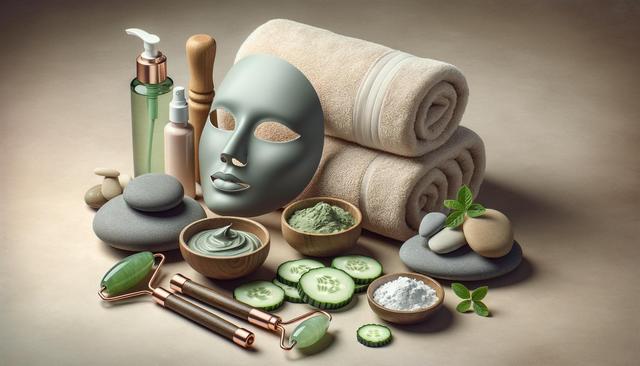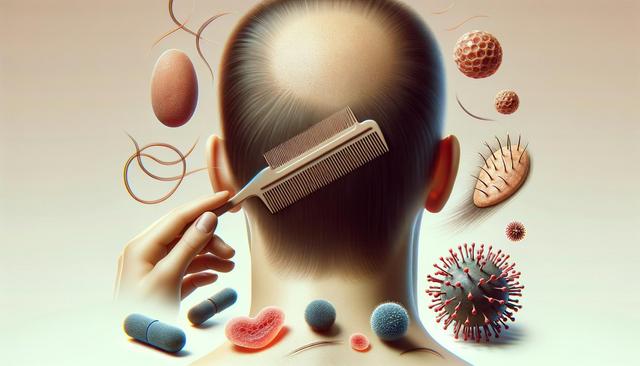Understanding Facial Treatments
Facial treatments are cosmetic procedures designed to improve the health and appearance of the skin on the face. These treatments can range from basic skin cleansing to more advanced methods involving specialized equipment and professional-grade products. While some facial treatments aim to relax and pamper, others target specific skin concerns such as acne, dehydration, or signs of aging. Typically, a facial treatment includes cleansing, exfoliating, extracting impurities, and moisturizing. Depending on your skin type and goals, different facials offer unique results and benefits.
There are several types of facial treatments available, each tailored to specific skin needs. Common examples include:
- Hydrating facials for dry or sensitive skin
- Deep-cleansing facials for oily or acne-prone skin
- Anti-aging facials that incorporate collagen-boosting ingredients
- Brightening facials for dull or uneven skin tones
Choosing the right facial depends on your skin condition, lifestyle, and any underlying concerns you want to address. Consulting with a licensed esthetician or skincare professional can help tailor a treatment plan that suits your individual needs.
Benefits of Regular Facial Treatments
Integrating facial treatments into your skincare routine can yield noticeable improvements over time. One of the most immediate benefits is deep cleansing, which removes dirt, oil, and environmental toxins from the pores. This helps to prevent breakouts and promotes a clearer complexion. Regular facials can also enhance blood circulation in the facial area, contributing to a natural, healthy glow.
Additional advantages of facial treatments include:
- Improved skin texture and hydration levels
- Reduction in fine lines and wrinkles
- Better absorption of skincare products
- Stress relief through facial massage and aromatherapy
Over time, these treatments can support the skin’s natural regeneration process and help maintain a youthful appearance. However, results depend on consistency and the quality of the products and techniques used during the treatment.
Choosing the Right Facial for Your Skin Type
Not every facial is suitable for all skin types. Understanding your skin’s unique characteristics is key to selecting the most effective treatment. For instance, individuals with oily or acne-prone skin may benefit more from facials that focus on exfoliation and oil control. On the other hand, those with dry or sensitive skin should look for treatments that emphasize hydration and soothing ingredients.
Skin types commonly fall into the following categories:
- Normal: Balanced skin with few imperfections
- Dry: Flaky or tight skin due to lack of moisture
- Oily: Shiny skin prone to blackheads and acne
- Combination: Oily in some areas (like the T-zone) and dry in others
- Sensitive: Easily irritated skin that reacts to certain products
Once you identify your skin type, it becomes easier to select targeted treatments that deliver real results without causing irritation or imbalance. Always communicate any allergies or sensitivities to your skincare professional before starting a facial.
Professional vs. At-Home Facial Treatments
While professional facial treatments are typically performed at spas or dermatology clinics, at-home facials are also a viable option for maintaining healthy skin. Professional treatments often use higher-grade products and advanced technologies, such as LED therapy, microdermabrasion, or ultrasound devices, to achieve deeper and more long-lasting results.
At-home facial treatments, on the other hand, can be a convenient and cost-effective alternative for regular maintenance between professional sessions. These typically include steps like:
- Double cleansing to remove makeup and impurities
- Exfoliating with scrubs or gentle acids
- Applying a mask suited to your skin type
- Using serums and moisturizers to nourish and hydrate
While home facials provide flexibility, they may not address complex concerns as effectively as professional treatments. A combination of both approaches can offer the most comprehensive care, especially when tailored to your skin’s evolving needs.
Precautions and Aftercare Tips
Facial treatments, while generally safe, require a few precautions to ensure the skin heals properly and achieves the desired results. After a facial, your skin may be more sensitive than usual, making it important to avoid sun exposure, harsh products, or strenuous exercise for at least 24 hours. It’s also advisable to avoid wearing heavy makeup immediately after a treatment to prevent pore congestion.
Key aftercare tips include:
- Use a gentle cleanser and avoid exfoliating for a few days
- Apply broad-spectrum sunscreen daily
- Stay hydrated to support skin recovery
- Follow any specific instructions provided by your skincare professional
If you experience any unusual redness, irritation, or breakouts, it’s best to consult with the professional who performed your facial. Regular follow-up treatments can help monitor progress and adjust your skincare regimen as needed.


